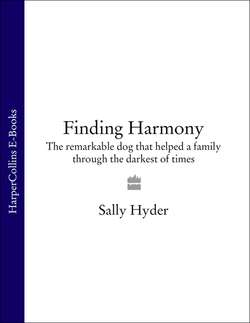Читать книгу Finding Harmony: The remarkable dog that helped a family through the darkest of times - Sally Hyder - Страница 10
ОглавлениеChapter 5 Gypsy Life
My new job in Kent was wonderful. Although I didn’t have any experience of working with travellers (or gypsies, as they prefer to be known), I had dealt with ethnic minority groups such as Kurds and Vietnamese. Gypsies were by then recognised as an ethnic minority and the project team in Kent was eager to identify the needs associated with different types of gypsy. They didn’t want to be called ‘travellers’ and therefore tarred with the same brush as the New Age and the Irish.
I quickly discovered that there are lots of different groups of gypsy and each one has its own approach to medical care. There were the New Age travellers who lived in converted buses. I met one lot who lived in tree-houses, like something out of Enid Blyton’s The Faraway Tree, with the branches disappearing into clouds (no sign of ‘Moon-Face’, ‘Mr Watzisname’ or ‘Angry Pixie’, however). These weren’t eco-warriors but tree-dwellers. Thank goodness I could still climb ladders back then! There were the Irish, who travelled with the motorway works and produced tarmac drives on the side. I also interacted with settled Romanies and most elusive of all, Romanies on the move.
There were 15 gypsy encampments, in and around Maidstone; they tended to park up on brown field sites. Driving past, you’d see the typical disarray of caravans, old vans, kids and dogs. What impressed me most and dispelled all those myths was their strict observation of the rules of hygiene; they lived in immaculate caravans and were wonderful people. OK, there were rogues too, but the gypsy community was a microcosm of society at large: hard workers and layabouts.
